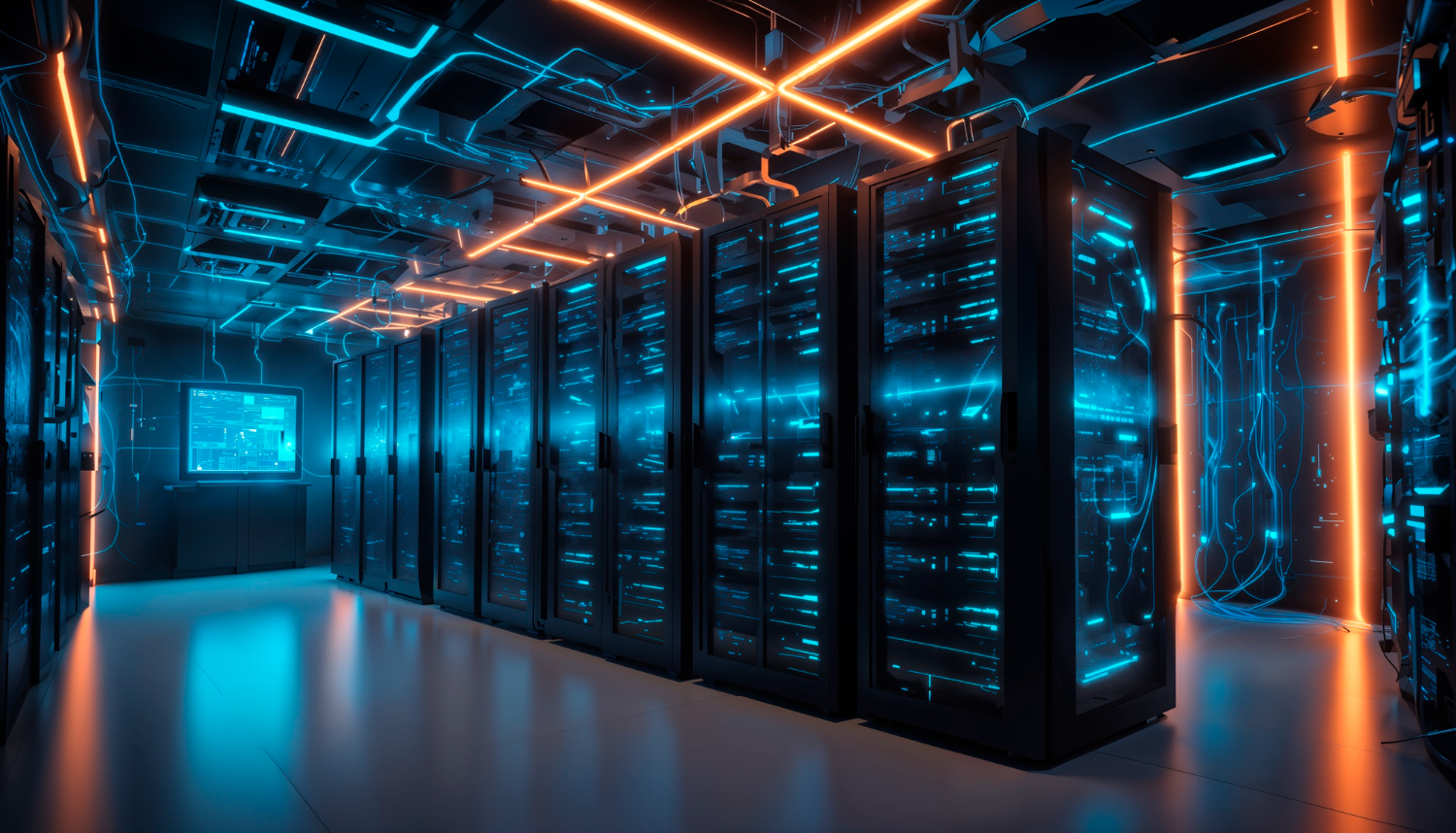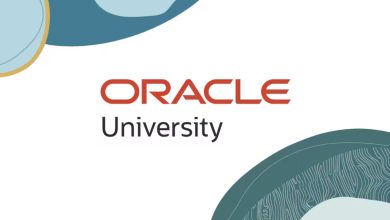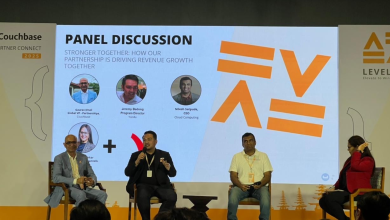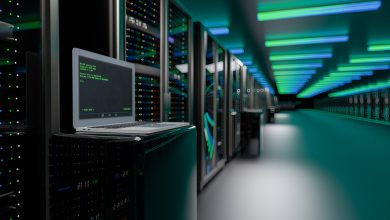Long Live the Mainframe! These Mighty Machines Aren’t Dead, But Buyer Beware

The doomsayers are wrong—again.
Mainframes aren’t dead. They weren’t even dying in the first place.

Praveen Kumar, Vice President for Asia Pacific at Rocket Software and mainframe lifer, should know. He’s heard all the talk of the mainframe’s demise for the better part of his nearly three-decade run working with mainframes, and yet here he is still talking about them.
And he will continue talking about these machines for the foreseeable future because, according to him, the mainframe has a long life.
“So, I’ve been in the industry for almost 30 years. And when I joined in the early 1990s, I was told the mainframe was going to die in five years. So, sitting 30 years later, I’m still talking about mainframes,” Kumar told Data & Storage Asia (DSA) in an exclusive virtual interview. “Yes, there will be doomsayers saying that the mainframe is going to die. But there are reasons why the mainframe won’t die instantly. It has a long life.”
The Mainframe’s Enduring Legacy
But there’s a critical caveat. Many of today’s mainframes are still the mainframes of yesterday—and they are concentrated in industries marked by high transactional workloads that need massive computing power, like finance, in particular, and in telecom, healthcare, retail, and manufacturing to a lesser extent.
“A lot of software that needs transactional workloads in terms of a lot of computing or a lot of number crunching, or in terms of trying to analyse data very quickly and rapidly, in those days, software wanted to use vertical capacity. And that’s where mainframes came in. So, mainframes currently exist globally,” Kumar pointed out. “I would say almost 80% of the mainframe installs today would be in the financial industry. There would be a lot of installs in the telecom, retail, and manufacturing, but that’s limited to certain countries and companies. But in finance, it’s there globally.”
In short, there are still mainframes, but they are mostly the same ones installed years ago by the same institutions. And they are increasing their usage capacity, which means mainframes are “very relevant in terms of how and why they are being used more than if they are going to stay or not.”
It is also another way of saying that mainframes aren’t for everyone, but they are here to stay.
“The number of new mainframe footprints globally, you can literally count on your fingers [the number of businesses with a mainframe], which means how many customers are acquiring new ones for the first time,” Kumar said. “So, if we want to start a company, will we go and buy a mainframe? No, we won’t. The amount of new mainframe footprints where the customer has never used a mainframe before and is going to start a business, especially small ones, makes the possibility of that business investing in a mainframe extremely low.”

The Two Hurdles of Mainframe Entry
Kumar cited two main reasons why this is the case. The first is skill—or the apparent lack of it.
“The amount of skills you’ll get in the market to manage and operate a mainframe, including z/OS, which is the primary operating system from IBM, is fairly limited.” He explained that not a lot of people in colleges are graduating with z/OS skills and the ability to manage mainframe applications.
Big institutions—particularly those in the finance sector—have figured out ways to address this pain point, having already invested in resources to upskill their existing teams, training college graduates, and asking them to scale up on the mainframe. Rocket Software, Kumar pointed out, is also helping in this regard, coming up with ways to “reduce the amount of skill required to interface with the mainframe” and offering solutions to integrate a company’s distributed workload with its mainframe workload without understanding all the nitty-gritty of the mainframe.
The second reason new businesses are not likely to invest in a mainframe is cost. A mainframe, according to Kumar, is extremely expensive, so much so that getting one makes very little sense from an IT infrastructure perspective—unless they absolutely need massive computing power.
“If I want to start a business and I have a budget of, let’s say, USD $20,000 to start the business from an IT infrastructure perspective, I cannot buy a mainframe. Neither can I buy it on the cloud at that capacity,” Kumar explained. “So, the entry barrier is significant. Hence, new businesses would not want to do it unless their scale is extremely high, and they have that need for that kind of compute capacity right from day one.”

Misconceptions vs Reality
Ultimately, getting a mainframe is a business decision, and the decision more often is to pass up on installing one. In fact, Kumar said the probability of a new business looking for a mainframe right off the bat is at 1–2 per cent on account of the challenges Kumar outlined and other critical considerations, like building a data centre, implementing disaster recovery strategies, and more.
“If you’re a business owner, from a business owner’s point of view, it’s not something that I would recommend [getting a mainframe],” Kumar emphasised. “And I don’t see a trend. It’s not about me or you or someone else thinking about it. There is no trend or pattern that has demonstrated that new businesses will acquire a new mainframe for the first time in their life.”
Doomsayers will spin this reluctance as a sign that the mainframe is dying—or headed for a slow, painful death. And maybe it’s a fair point. Besides, Kumar himself acknowledged that even the old guards using mainframes have moved non-transactional workloads from the mainframe to the cloud, effectively “making the mainframe a transactional engine with core applications running on it” and all the other supporting applications running elsewhere to control costs.
However, there is evidence to the contrary, with as many as 71 per cent of Fortune 500 companies still using mainframes and 63 per cent of banks still operating mainframes. What’s more, 61 per cent of business decision-makers have told Forrester their companies have mainframes, while another 54 per cent indicated their plans to increase mainframe use in the next two years. Equally important, the world’s most powerful businesses are still using mainframes, with no indications they plan on stopping anytime soon.
So, yes, the doomsayers can continue harping about the demise of the mighty mainframe. Let them.
They could be missing the enduring value of the mainframe.




